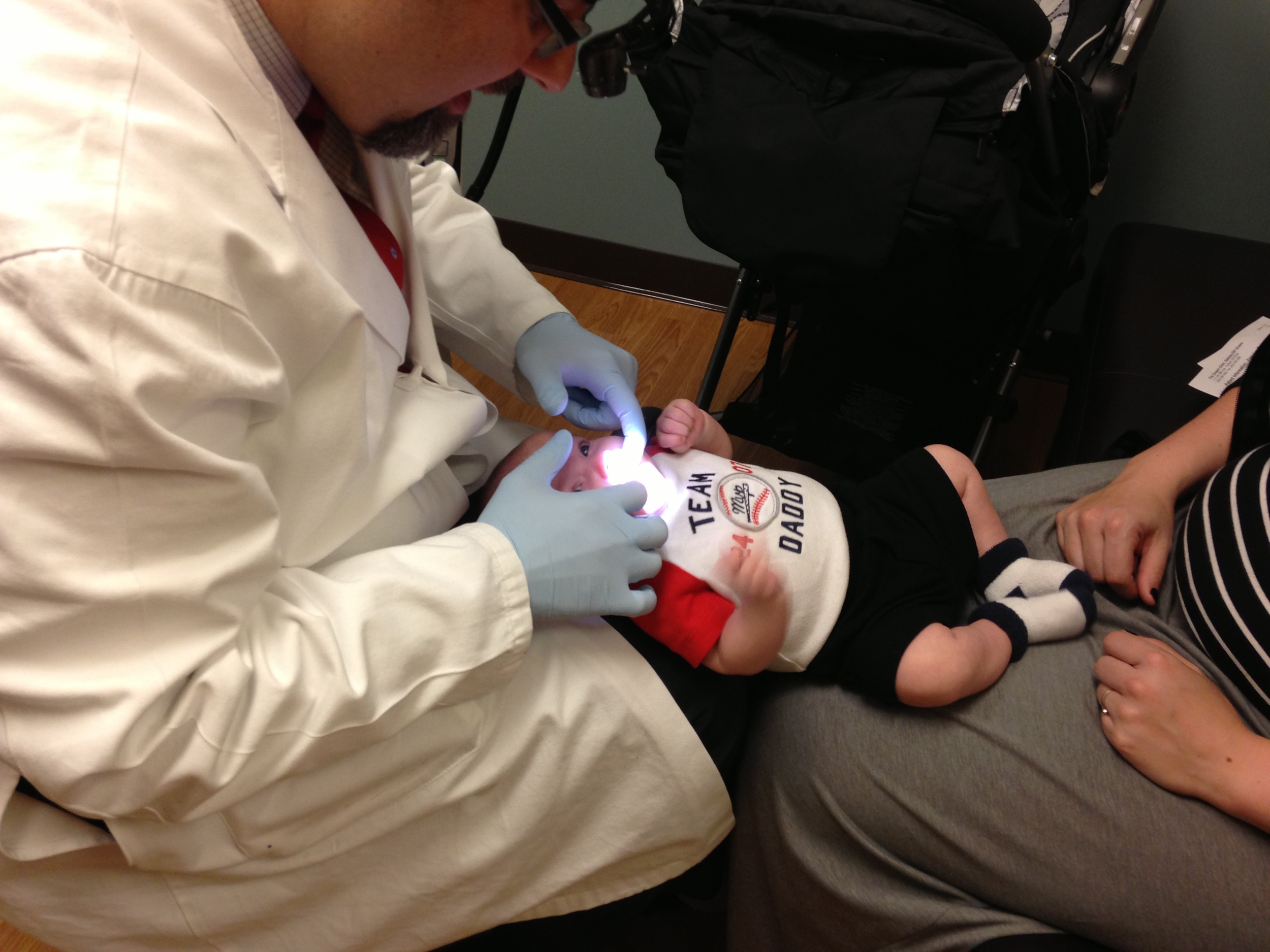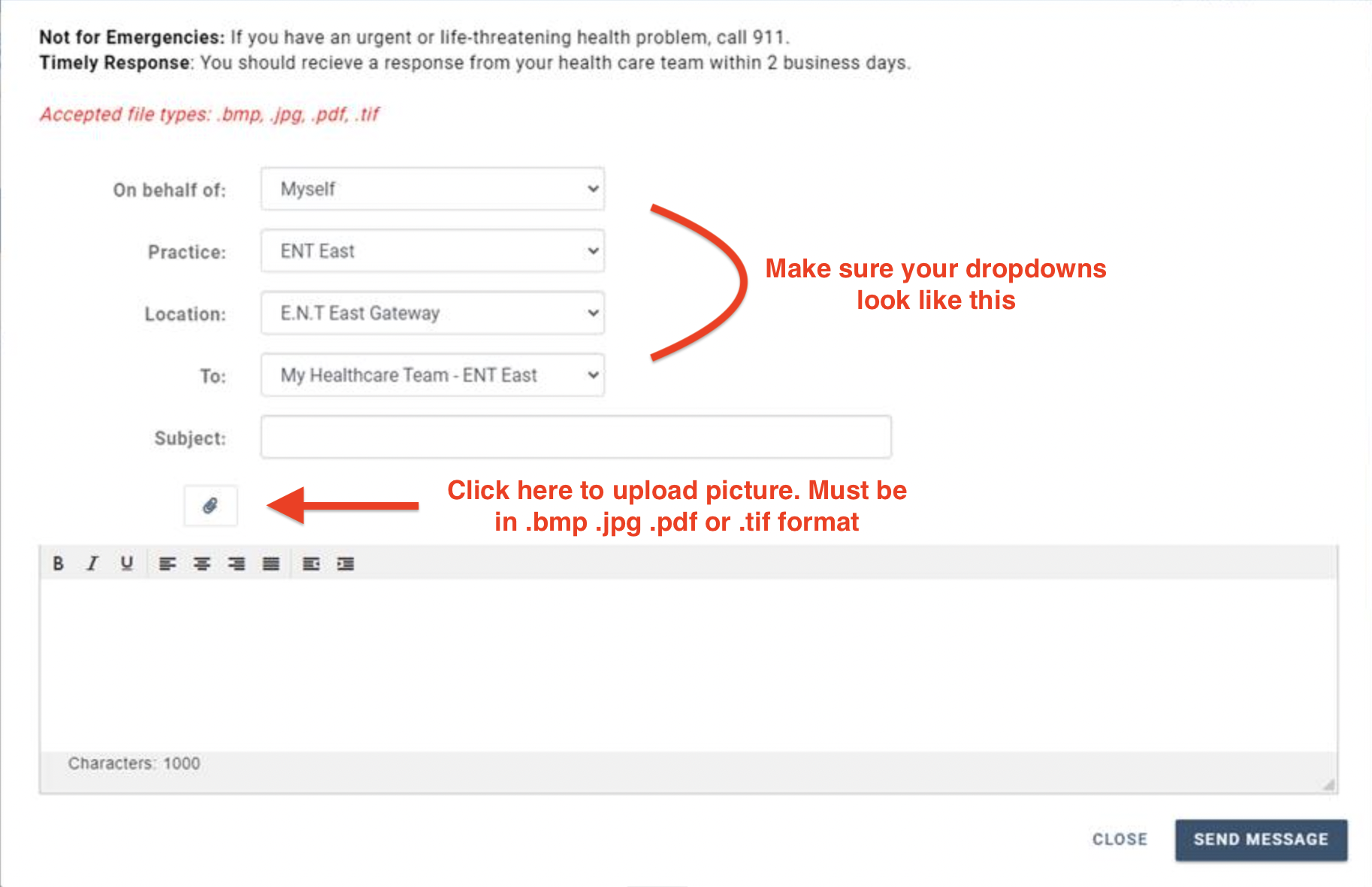This protocol is intended only for infants. I do not have a wound care protocol for older children and adults because I suture those wounds closed.
There are two important concepts to understand about oral wounds:
Any open oral wound likes to contract towards the center of that wound as it is healing (hence the need to keep it dilated open).
If you have two raw surfaces in the mouth in close proximity, they will reattach.
I feel that post-procedure stretches are key to getting an optimal result. These stretches are NOT meant to be forceful or prolonged. It's best to be quick and precise with your movements. I feel that getting an affordable LED headlight (like a camping headlight) allows you to get the best results. You may use Tylenol or Ibuprofen (if 6 months of age or older) to help with pain control. Having some coconut oil on hand can be helpful as well.
The main risk of a frenotomy is that the mouth heals so quickly that it may prematurely reattach at either the tongue site or the lip site, causing a new limitation in mobility and the persistence or return of symptoms. The exercises demonstrated below are best done with the baby placed in your lap (or lying on a bed) with the feet going away from you. It’s very important that you swaddle the baby’s arms down at their side to make the process as quick as possible.
How to approach your child when doing stretches:
Stretches
A small amount of spotting or bleeding is common after the procedure, especially in the first few days. Because a laser is being used, bleeding is minimized. Wash your hands well prior to your stretches (gloves aren't necessary). have a small amount of coconut oil available when you do these exercises. It is very important to swaddle the arms down during the exercises to make it as efficient as possible.
Timing: I recommend doing one set of exercises on the evening of the procedure. The next session is when you wake up the following morning. You will do 6 sessions/day - 5 of those sessions are spread out throughout the day (many parents do these with diaper changes). The remaining session is in the middle of the night (about halfway between the last stretch of the day and the first of the morning) - this is the most important session to prevent the body from having too much time to heal the wound inappropriately. These 6 sessions/day are done for 3 weeks and you will then spend the 4th week tapering by removing one session each day during that last week (drop the middle of the night session once you reach 3 sessions/day). Ideally, you don’t go longer than 6 hours between any two sessions.
The Upper Lip is the easier of the 2 sites to stretch. If you must stretch both sites, I recommend that you start with the lip. Typically, babies don't like either of the stretches and may cry, so starting with the lip allows you to get under the tongue easier if the baby starts to cry. For the upper lip, simply place your finger under the lip and move it up as high as it will go (until it bumps into resistance). Then gently sweep from side to side for 1 second. Remember, the main goal of this procedure is to insert your finger between the raw, opposing surfaces of the lip and the gum so they can't stick together. You should not use force.
The Tongue should be your next area to stretch. Insert both index fingers into the mouth (insert one in the mouth and go towards the cheek to stretch out the mouth, making room for your other index finger). Put your thumbs on the baby’s forehead and your middle fingers on the chin (remember, you’re approaching from above like in the video below). Then use both index fingers to dive under the tongue and pick it up, towards the roof of baby's mouth. The tongue needs three separate stretching motions:
Once you are under the tongue, try to pick the tongue up as high as it will go (towards the roof of the baby's mouth). Hold it there for 1-2 seconds and then relax. The goal is to stretch the wound to make it tall - this will allow the side of the wound to draw together. Ultimately, you will make a new band under the tongue - that new band should be longer and should no longer bind the muscle since it has been released. I recommend pushing your index fingers together to prevent them from separating, then push at the top of the diamond into the tongue (in the direction of the tonsils). Once you are under the tongue, then lift the tongue so that the middle of the tongue comes up with you. If your fingers separate and go on either side of the diamond, your lifting pressure will be directed at the sides of the tongue and not at the diamond itself. Using your middle fingers, do not let the jaw be pulled up as you lift the tongue. For the first week, only do one lift per session. Beginning on week 2, increase to 5 lifts/session for the remainder of the protocol.
With one finger propping up the tongue, place your other finger in the middle of the diamond and turn your finger sideways and use a lifting motion from low to high, sweeping through the wound (only in the up direction). Use a lifting motion when you sweep through the wound, trying to separate the horizontal fold across that diamond shaped area. Make sure your finger starts at the bottom of the diamond when doing this stretch. This stretch should not be forceful or rough within the wound.
Massage on either side of the floor of the mouth (outside the diamond) to loosen up the musculature of the remainder of the floor of mouth. You can use more pressure when doing these stretches because you aren't in the wound at this point.
Watch the videoS below:
Lip stretch:
Lip stretch
Tongue Stretches:
Tongue stretches
Here are the exercises demonstrated on a puppet.
Improper tongue stretch technique
This is an example of an improper stretch. Do you see how the fingers are away from the diamond? As these fingers lift up the tongue, too much of that force is directed at the sides of the tongue, and the middle portion is still pinned down. This will lead to reattachment.
Focus on getting your index fingers mentally glued together - this forces you to stay in the middle, right above the diamond. As you push into the diamond and then lift the tongue up, the top half of the diamond will ideally come away from the bottom half of the diamond. It is attention to separating the fold across the diamond that results in a successful post-operative stretching regimen.
Sucking Exercises
It's important to remember that you need to show your child that not everything that you are going to do to the mouth is associated with annoyance with the wound exercises. Additionally, babies can have disorganized or weak sucking patterns that can benefit from exercises. The following exercises are simple and can be done to improve suck quality. Some parents like to do these exercises before the stretching session and spend 30-45 seconds on each exercise prior to the wound stretches (no need to do these sucking exercises during your nighttime stretch).
Slowly rub the lower gumline from side to side and your baby's tongue will follow your finger. This will help strengthen the lateral movements of the tongue.
Let your child suck on your finger and do a tug-of-war, slowly trying to pull your finger out while they try to suck it back in. This strengthens the tongue itself.
Let your child suck your finger and apply gentle pressure to the roof of the mouth. Once the baby starts to suck on your finger, just press down with the back of your nail into the tongue. This usually interrupts the sucking motion while the baby pushes back against you. Listen for a seal break and then put your finger back up into the palate to re-stimulate sucking. Repeat as tolerated.
With one index finger inside the baby's cheek, use your thumb outside the cheek to massage the cheeks on either side to help lessen the tension.
Starting several days after the procedure, the wound(s) will look white and/or yellow and will look very similar to pus.
This is a completely normal inflammatory response. Do not let your child's regular doctor, lactation consultant, friend who thinks they're an expert, random stranger on social media or anyone else make the determination for you. If you think an infection exists, give our office a call.
5 days post-procedure (the neon yellow color can happen in babies with jaundice and is normal)
1 week post-procedure
10 days post-procedure
2 weeks post-procedure. Notice how the diamond is beginning to narrow in from the sides. This is the desired progression.
5 days post-procedure
1 week post-procedure
11 days post-procedure
5 days post-procedure. The narrowing diamond shape is beginning to form. Notice the fingers at the top of the wound pushing in, then up
It is essential that you follow-up with your lactation consultant after the procedure to ensure optimal results.
Call our office for any of the following:
Uncontrolled bleeding
Refusal to nurse or take a bottle
Fever > 101.5
Videos en Español aquí
Follow up
1 week after the procedure, send Dr Ghaheri a picture of the tongue following this guide. You do not need to send a picture of the lip wound (if it was also released). Please log on to the patient portal to send that picture. Here’s a screenshot:


